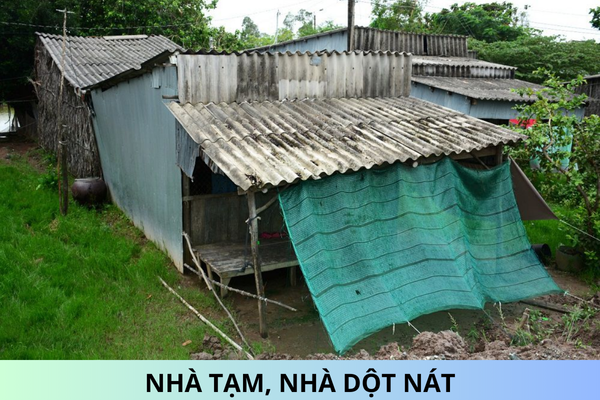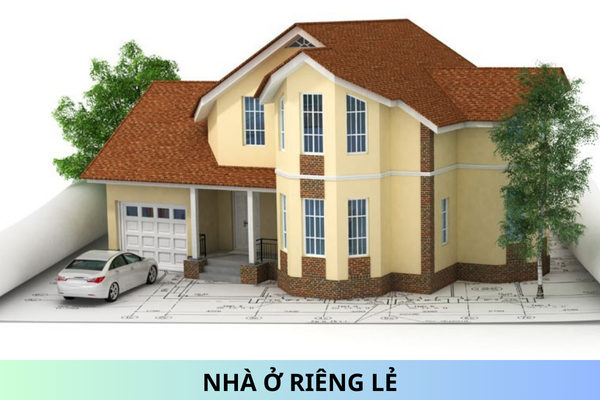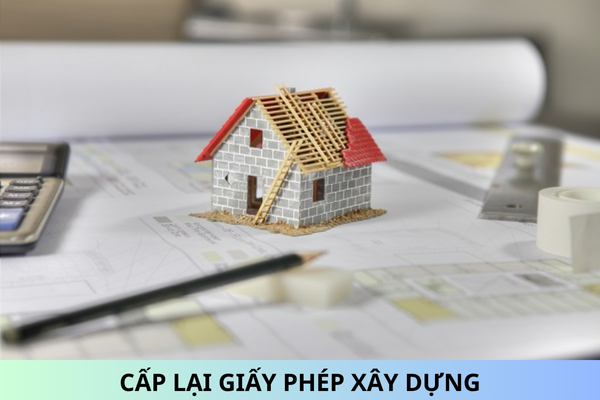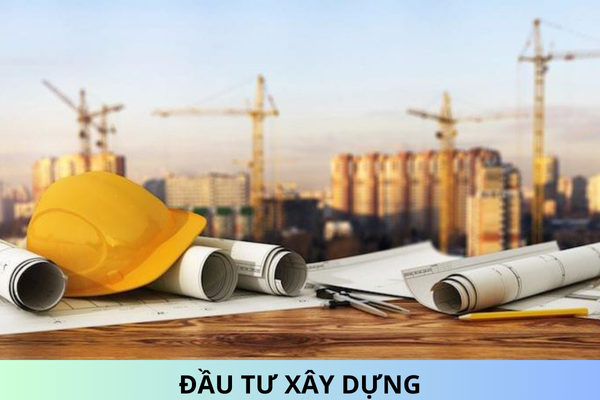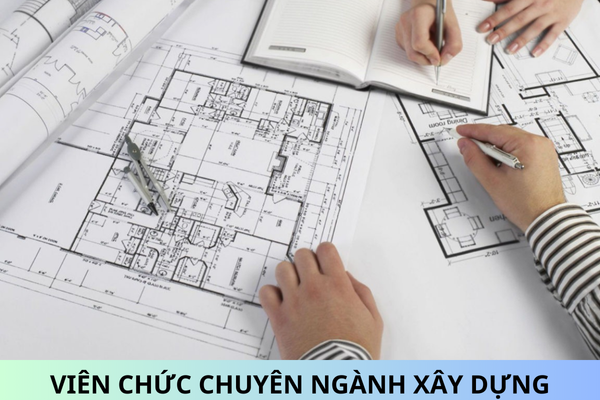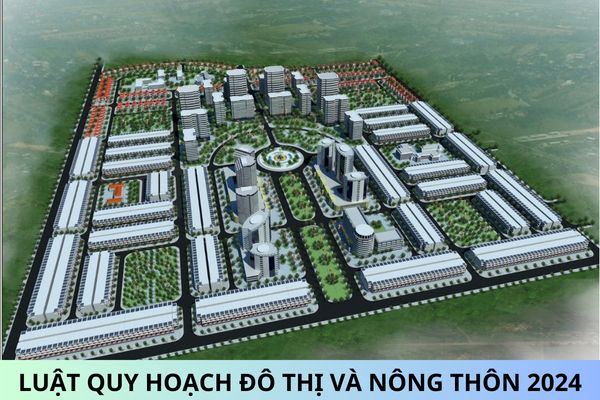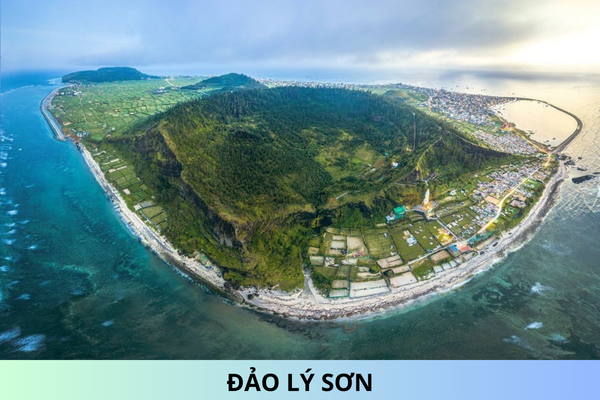Regulations on smoke protection must provide air from outside in Vietnam
What are regulations on smoke protection required to supply air from outside in Vietnam? I need to know these regulations to serve my work. Looking forward to your guidance.
Regulations on smoke protection must provide air from outside in Vietnam
Pursuant to Section D.10 Appendix D National Technical Regulations on Fire Safety for Buildings and Constructions issued together with Circular 02/2021/TT-BXD, are there regulations on whether smoke protection must be provided air from outside is regulated as follows:
Smoke protection must supply air from outside to the following areas:
a) In elevator wells (when it is not possible to support air supply to buffer compartments in fire conditions) in buildings with smoke-free elevator rooms.
b) In the buffer compartment of the fire elevator.
c) In stairwells not contaminated with N2 smoke.
d) The buffer compartments of the stairwells are not contaminated with type N3 smoke.
e) In buffer compartments in front of elevators (including elevators) in basements and semi-basements.
f) Buffer compartments in type 2 stairs, leading to rooms on the first floor of the basement or semi-basement, in rooms where flammable substances and materials are used or stored. In the buffer compartments in the smelting, casting, rolling and other heat processing workshops, air is allowed to be supplied from the house's ventilation compartments.
g) In buffer compartments at the entrance to closed halls and corridors from the basement and semi-basement floors of closed halls and corridors mentioned in paragraph e) of D.2.
h) Buffer compartment at the entrance to atriums and sales areas, from the elevation of semi-basement and basement floors.
i) Buffer compartments in staircases of type N2 in apartment buildings with fire protection heights of over 75 m, mixed houses and public buildings with fire protection heights of over 50 m.
j) The lower part of the lobby, sales areas and other rooms are protected by a smoke exhaust fan system.
k) Buffer compartments separate the car storage rooms of above-ground closed garages and underground garages from other rooms of use.
l) The buffer compartment separates the car storage room from the closed ramp of underground garages or an air curtain creation device is located above the door (gate) from the car storage room side of the underground garage.
m) Buffer compartment at the exits from the N2 type staircase leading to the large hall connecting to the upper floors of the mixed-use building.
n) Buffer compartment (elevator lobby) at the exit from the elevator to the semi-basement and basement floors of mixed-use buildings.
Air supply flow used for smoke protection in Vietnam
Pursuant to Section D.11 of Appendix D National Technical Regulations on Fire Safety for Buildings and Constructions issued together with Circular 02/2021/TT-BXD, there are regulations on air supply flow used for smoke protection as follows:
Air supply flow used for smoke protection needs to be calculated to ensure air pressure is not lower than 20 Pa in the following locations:
a) The lower part of the elevator well when the doors to the elevator well are closed on all floors (except the bottom floor).
b) The lower part of every compartment of the stairwell is not contaminated with type N2 smoke, when the doors on the escape route from the hallways and lobbies on the fire floor into the stairwell and from the house to the outside are left open, and the doors are left open from the corridors and lobbies on all remaining floors are closed.
c) Buffer compartments on floors with fire in buildings with non-smoke-contaminated stairwells of type N3, when the entrance to the corridor or lobby in the basement, elevator waiting room and buffer compartments in front of the elevator has an open door, on all other floors the doors are closed.
The air supply flow into the buffer compartment on an open door must be calculated under the condition of wind blowing through the door at an average speed (but not lower than 1.3 m/s), and must take into account the combined effect of blowing smoke out. The air supply rate into a spacer when the doors are closed must take into account the amount of air lost due to the door not being airtight.
The excess air pressure must be compared with the space adjacent to the protected room.
Best regards!
